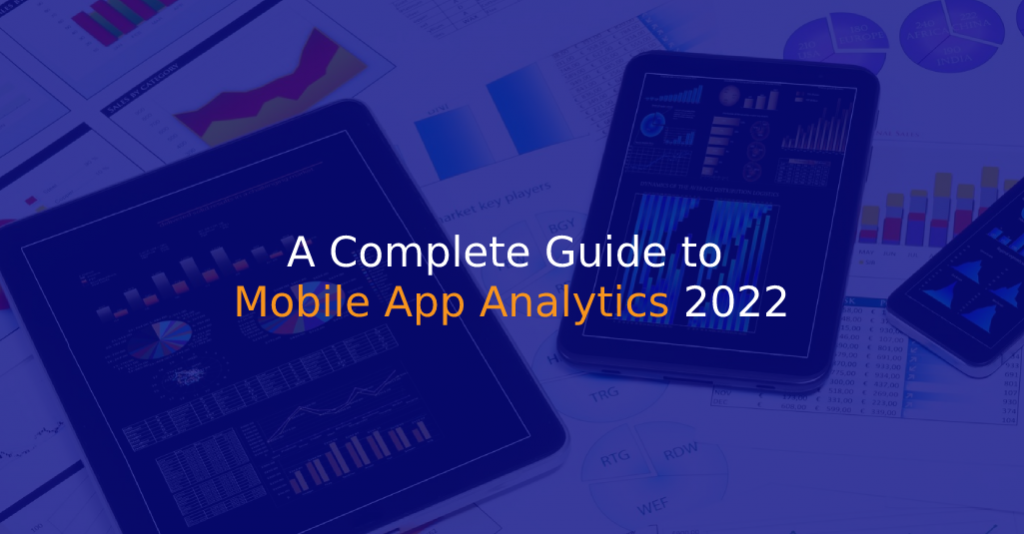Analyzing your mobile analytics is a science, just like a scientist doing a research project. The aims of search engine optimization (SEO) for a mobile app differ from those of a website.
The ultimate aim of mobile app marketing is to convert your advertising expenditure into installations, and those installs into long-term app usage and in-app purchases. App store optimization (ASO) is your mobile app’s version of SEO, and it comes with its own set of performance measures.
We’ve included a guide on how to do mobile app analytics on this blog so that you may optimize the performance of your app. Continue reading to find out more!
What is the Significance of Mobile App Analytics?
Mobile applications give you another channel to encourage prospects to interact with your company. Every new piece of data you acquire about your audience provides you a better picture of the worth of your app depending on the size of the audience and the number of downloads.
There are three primary reasons why analytics are critical for assisting you in improving your company’s app:
- Data strategies : As you collect data, you may get insights that will assist you in determining particular plans for your next campaign.
- Demographic techniques : You may segment your audience using app analytics to target them with custom-tailored strategies.
- Goal management : Mobile app analytics may help you determine which platforms will help your brand succeed the most. Use this data to strengthen weak channels while emphasizing the strongest channel to drive additional app installations and engagement.
Mobile App Analytics - Four Topics to Analyse
Tracking your audience and how they interact with your app is critical. You may use mobile app analytics to examine your data and get insights that will assist you to make future marketing decisions.
Here are four crucial aspects to evaluate to establish your mobile app’s performance and opportunities for improvement:
1. Installs
It is crucial to track installations and the sources of the installs using a platform like Google Analytics for Mobile Apps. Your downloads are maybe the most significant way to measure your progress over time.

2. App Usage and Retention
Retention stats reflect how much time people spend in your app. Marketers compute retention by dividing the number of daily app users by the total number of users in the monitored group.
The churn rate, which is based on the number of customers who do not return to the app, is the inverse of the retention measure.
These indicators are a prerequisite for examining the user lifetime measure. The average number of days that a user from the initial group engaged with your app in total is calculated as a user lifetime.
You may use mobile app analytics to observe how frequently consumers engage with your app. It offers you a good sense of where you should modify your app to maximize retention and engagement.
3. Revenue

If you want to handle mobile app analytics correctly, you must first examine your income. You may accomplish so by examining your Customer Lifetime Value (CLV). The CLV evaluates how much money a certain user makes over the course of their lifetime, allowing marketers to assess their return on investment (ROI).
The phrase “lifetime” refers to the amount of time a consumer spends with the firm while using the app. You may easily establish your stats using online tools.
The average revenue per user is another critical revenue measure (ARPU). This measure is calculated by dividing total income per user-by-user lifetime.
The CAC measure divides the entire marketing cost by the total number of app downloads in a certain period. Your app will be profitable if your user acquisition cost is less than your LTV.
4. Cohort Analysis
The goal of cohort analysis is to determine which advertising channel generates the most downloads. Cohort analysis divides a large group of users into parts, or cohorts, depending on certain features that emerge over time.
Marketers frequently create cohorts based on demographics such as device, channel source, country of origin, and others.
Cohort analysis aids marketers in more accurate metric analysis. A dietary nutrition app, for example, would not want to compare a weight-loss audience with athletes wanting to maximize their protein and carbohydrates.
Both of these audiences have diverse tastes and come from different backgrounds. Once these groups are organized into cohorts, the marketer can evaluate and understand their participation more precisely.
Do You Need Expert Assistance with Mobile App Analytics?
It may be difficult to navigate the worlds of ASO, the app store, and mobile analytics on your own, especially if you have a business to operate.
iStudio Technologies is a full-service digital marketing firm that can assist you in analyzing mobile app data and making effective decisions to improve your app. Our skilled staff understands how to optimize to increase income for your organization!



